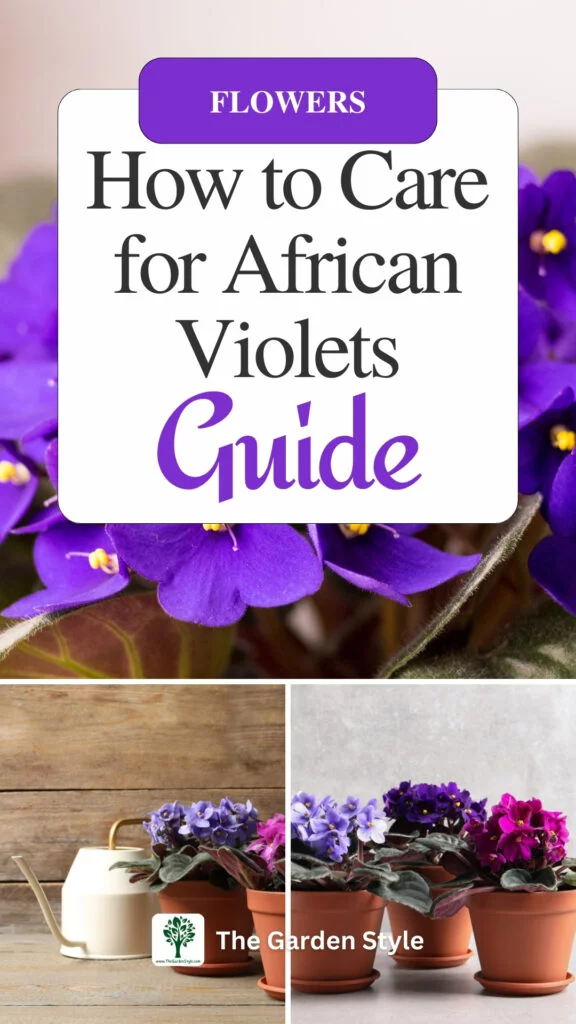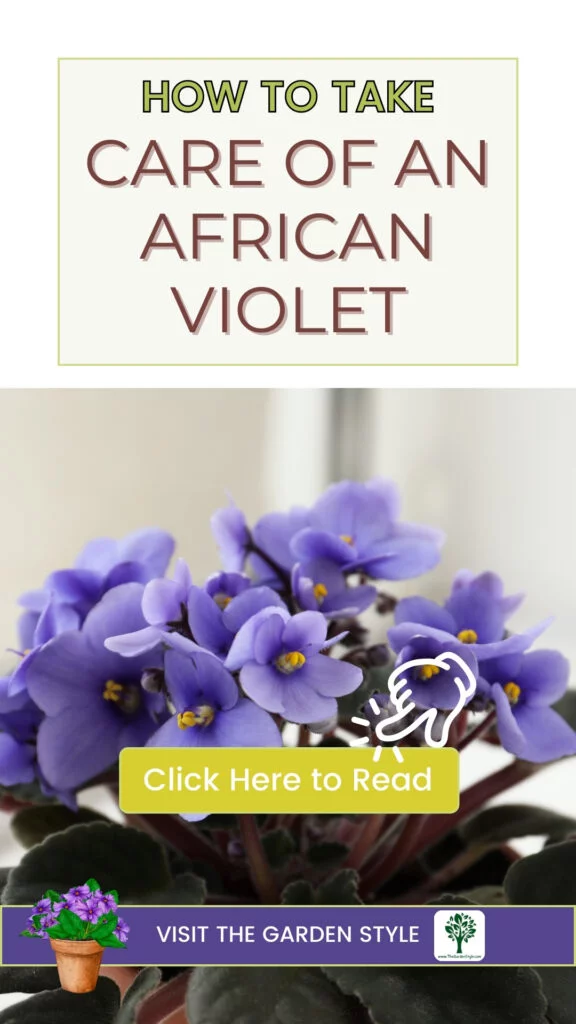African violets are one of the most beloved and widely grown houseplants, prized for their vibrant blooms and lush foliage. Discover expert tips on how to care for African violets, these tiny beauties native to eastern Africa, delighting indoor gardeners for decades with their delicate, velvety flowers in shades of purple, pink, white, and blue.
What makes African violets so special? For starters, they’re incredibly versatile and can thrive in a wide range of indoor environments. They’re also relatively low-maintenance, making them an excellent choice for both novice and experienced plant enthusiasts. With a little bit of care and attention, these charming plants can bring a touch of natural beauty to any living space.
Table of Contents
Characteristics of African Violets
African violets, scientifically known as Saintpaulia, are native to tropical regions of East Africa. They come in a wide array of colors, shapes, and sizes, making them a favorite among plant enthusiasts. From miniature varieties perfect for windowsills to larger specimens that make a statement in any room, there’s an African violet for every taste and space. Their charming blooms, which can range from delicate pastels to bold jewel tones, add a touch of elegance to any indoor setting.
How to Care for African Violets
Discovering the secrets to how to care for African violets unlocks a world of vibrant blooms and lush foliage. But where do you start? Let’s dive into the essentials: temperature, humidity, light, and containers. Mastering these basics will set you on the path to nurturing these delightful plants with confidence and success.
Temperature and Humidity
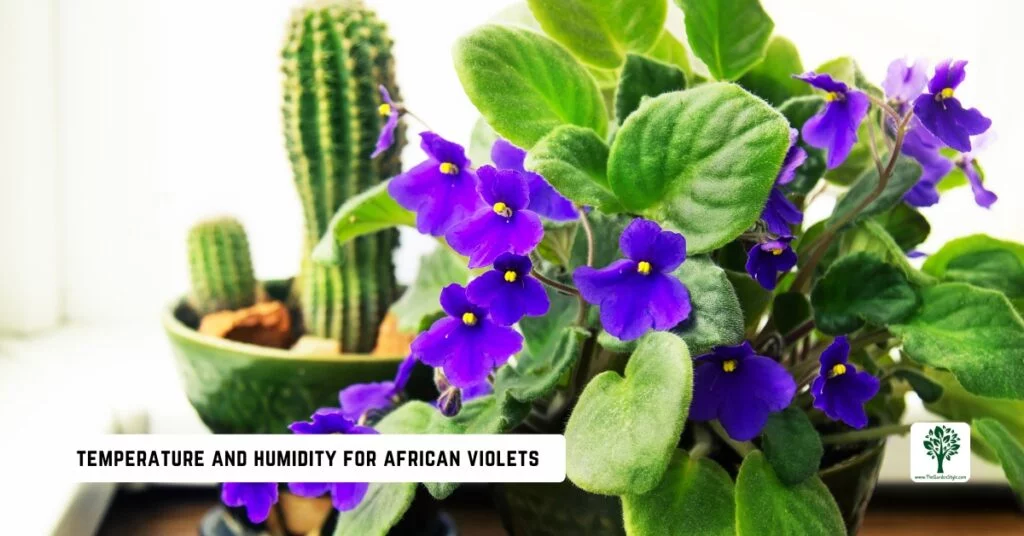
African violets prefer a consistent temperature range between 65°F and 80°F (18°C to 27°C). They can tolerate slightly cooler temperatures during the night, but prolonged exposure to extreme temperatures can cause stunted growth or leaf damage.
In terms of humidity, care for African violets dictates they prefer it on the higher side (around 40% to 50% relative humidity). This can be a challenge in many homes, where the air is often quite dry, especially during the winter months. To increase humidity levels, you can place your plants on a pebble tray filled with water or use a small humidifier near your violets.
Light Requirements
One of the most critical factors in successfully growing African violets is providing the right amount of light. These plants prefer bright, indirect sunlight. Too much direct sunlight can scorch their delicate leaves, while too little light can prevent blooming and lead to leggy, stretched-out growth.
An east or west-facing window is ideal for caring for African violets, as it provides several hours of bright, indirect light each day. If you don’t have a suitable window, you can supplement with grow lights or fluorescent bulbs placed about 6 to 12 inches (15 to 30 cm) above the plants.
Potting and Containers
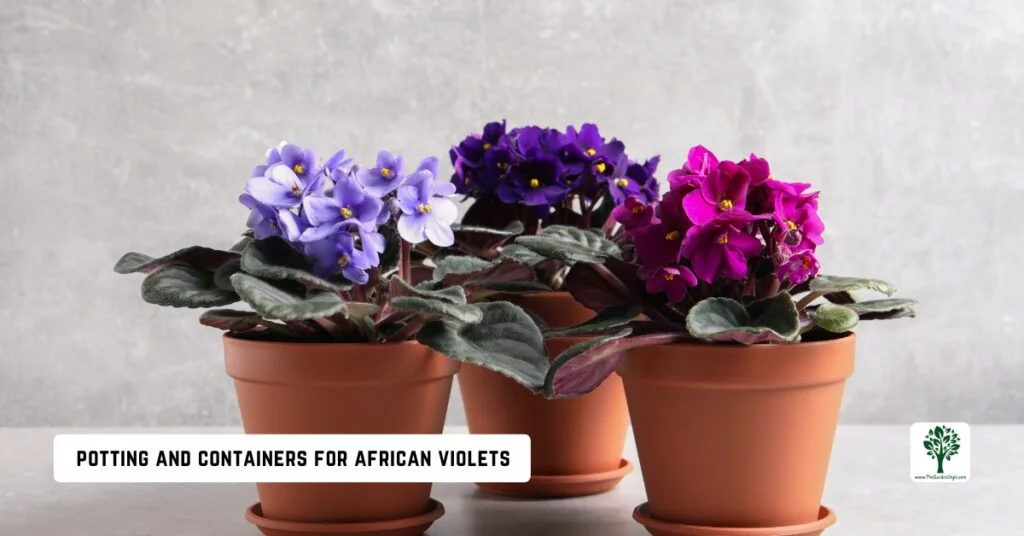
African violets have relatively small root systems, so they don’t require large containers. In fact, they often perform better in smaller pots, as they like being slightly root-bound. Choose a pot that’s only an inch or two wider than the root ball, with suitable drainage holes.
African violets care for well-draining, porous soil for potting mix. You can use a commercial potting mix formulated specifically for them or create your own by mixing equal parts peat moss, perlite, and vermiculite.
Watering Your African Violets
How Often to Water African Violets
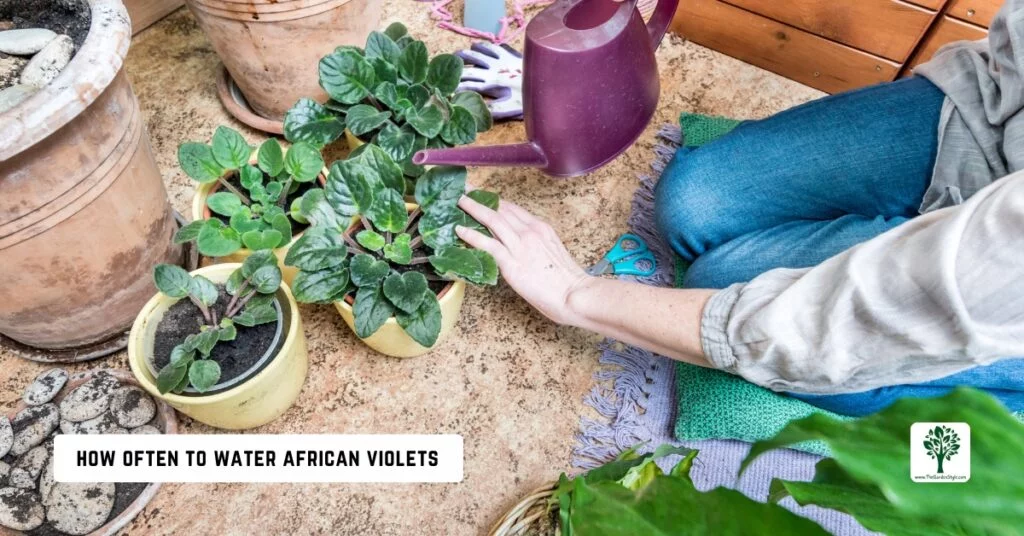
One of the trickiest aspects of caring for African violets is getting the watering schedule right. These plants are susceptible to both underwatering and overwatering, both of which can lead to problems like wilting, leaf loss, and root rot.
As a general rule, water your African violets when the top inch of soil feels dry to the touch. During periods of active growth and blooming, they may need water more frequently – perhaps once a week or even more. In the winter months, when growth slows down, you can water a little less frequently.
Signs of underwatering include wilting leaves, dry soil, and stunted growth. On the other hand, if you notice yellowing or drooping leaves, soggy soil, or a foul odor, it’s a sign you’re overwatering.
Watering Techniques
When watering your African violets, it’s essential to use room-temperature water. Cold water can shock the plants and cause leaf damage or bud drop.
One of the best watering methods is bottom-watering. Place your plant in a shallow tray or saucer filled with about an inch of water and let the soil absorb moisture from the bottom up. This helps avoid getting water on the leaves, which can lead to spotting or rot.
If you prefer to water from the top, be sure to pour the water directly onto the soil and avoid getting the leaves wet as much as possible.
Fertilizing African Violets
Like most houseplants, African violets benefit from regular fertilization to promote healthy growth and abundant blooming. Look for a balanced, water-soluble fertilizer explicitly formulated for this flowering plant or other blooming plants, such as 2-3-2 African violet fertilizer.
During the spring and summer growing seasons, care for African violets by fertilizing your plants with a diluted solution of fertilizer every two to four weeks. In the fall and winter, when growth slows, you can reduce fertilizing to once a month or even skip it altogether.
- African Violet Fertilizer
Grooming and Maintenance of African Violets
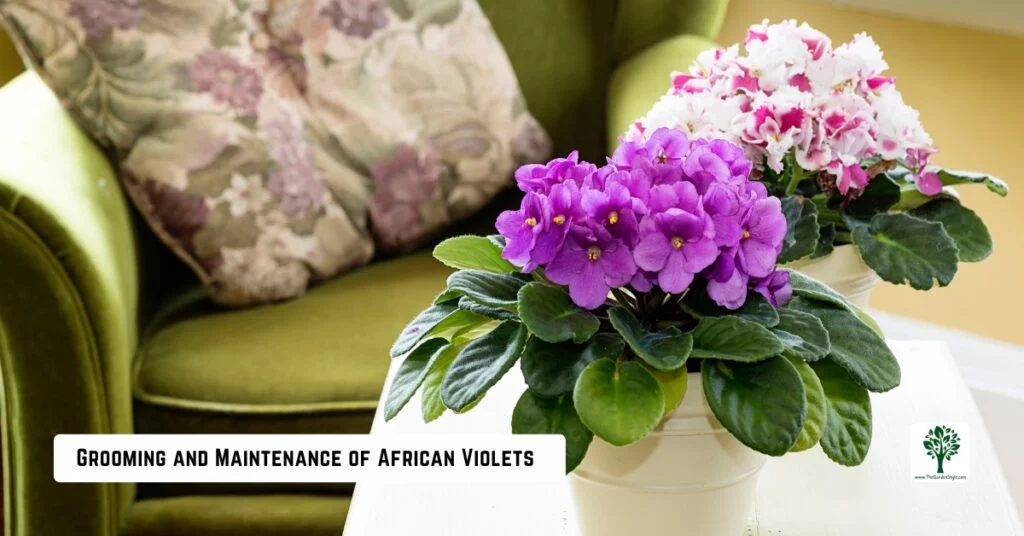
Keeping your African violets well-groomed is essential for their overall health and appearance. Regularly remove any dead or damaged leaves by gently plucking them off at the base of the stem. This helps the plant conserve energy and prevent the spread of disease.
Keep an eye out for common pests like mealybugs, aphids, or spider mites, and treat infestations promptly with an insecticidal soap or neem oil solution. Additionally, monitor for signs of disease, such as leaf spots or crown rot, and take appropriate action to prevent further spread.
Finally, African violets will eventually outgrow their pots and need to be repotted. When you notice the plant becoming root-bound or the soil drying out quickly, it’s time to move it to a slightly larger container with fresh potting mix.
Recommended reading: How to Mix Neem Oil for Plants.
How to Propagate African Violets
Are you ready to propagate your African violets? Propagating these stunning plants is easier than you might think, and it opens up a world of possibilities for expanding your collection or sharing the beauty with loved ones.
Propagate African Violets by Leaf Propagation
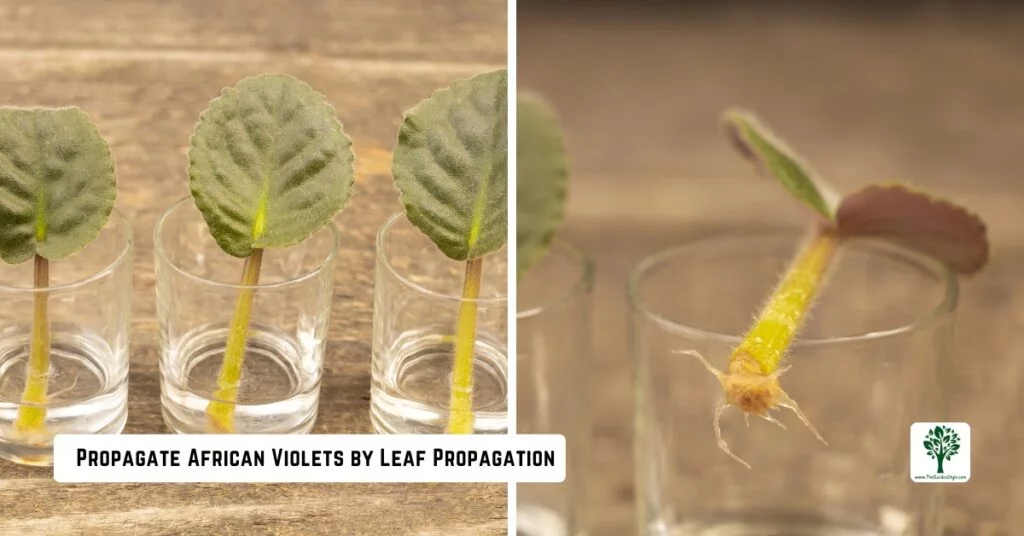
One of the most rewarding aspects of growing African violets is propagating new plants from leaf cuttings. This simple process allows you to create genetically identical clones of your favorite plants or share them with friends and family.
To propagate an African violet from a leaf, carefully remove a healthy, mature leaf from the mother plant, cutting it off close to the stem. Allow the cut end to callus over for a day or two, then insert the leaf stem into a well-draining potting mix, burying it about halfway.
Keep the soil moist but not waterlogged, and place the pot in a warm, bright location. Within a few weeks, you should see tiny plantlets emerging from the base of the leaf. Once they’ve developed a few leaves and roots, you can carefully separate them from the mother leaf and transplant them into their own pots.
Propagate African Violets by Division
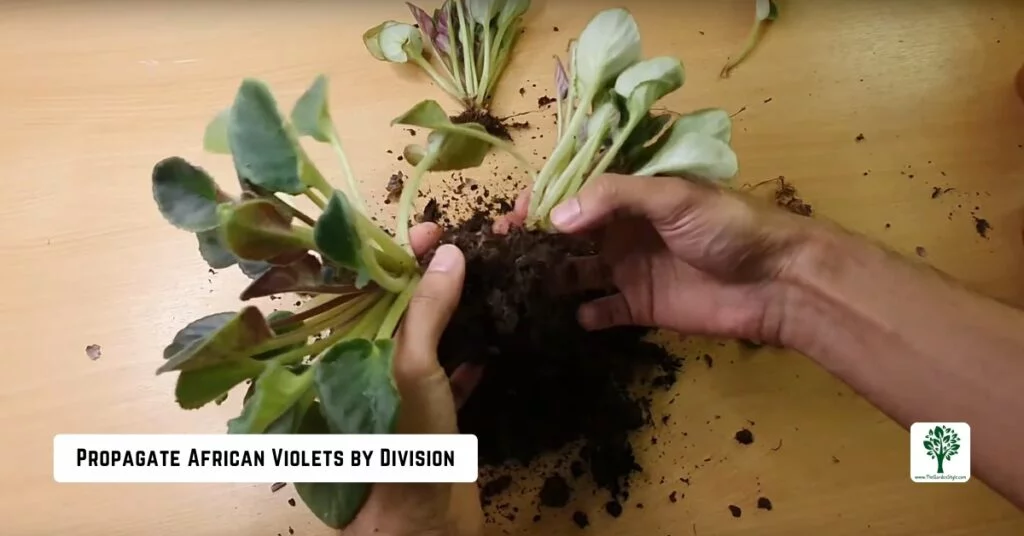
Another way to propagate African violets is through division. As your plant matures, it will naturally form offshoots or “babies” around the base of the mother plant. These can be carefully separated and repotted to create new individual plants.
The best time to divide African violets is during the spring or early summer when the plants are actively growing. Gently remove the entire plant from its pot and use your fingers or a sharp, clean knife to separate the offshoots from the mother plant, making sure each division has its own set of roots.
Repot the divisions into their own containers with fresh potting mix and water well, and provide the same care you would for an established plant.
Final Thoughts
With their vibrant blooms and lush foliage, African violets are a delightful addition to any indoor gardening collection. While they may seem a bit fussy at first, these charming plants are relatively low-maintenance once you understand their basic needs.
By providing the right environment, following proper watering and fertilizing routines, and staying on top of grooming and maintenance, you can enjoy the beauty of African violets for years to come. And with their ease of propagation, you can share these wonderful plants with fellow gardeners or expand your own collection.
Whether you’re a seasoned houseplant enthusiast or just starting your indoor gardening journey, African violets are sure to bring a touch of natural elegance and joy to your living space.
Frequently Asked Questions
During the spring and summer growing season, fertilize your African violets every two to four weeks with a balanced, water-soluble fertilizer diluted to half-strength. In the fall and winter, reduce fertilizing to once a month or skip it altogether.
Yellowing or browning leaves can be a sign of several issues, including overwatering, underwatering, nutrient deficiencies, or pests. Check the soil moisture, adjust your watering schedule, and inspect the plant for pests or diseases.
Yes, African violets can be successfully grown under artificial light sources like fluorescent or LED grow lights. Provide 12 to 14 hours of bright light per day, and position the lights about 6 to 12 inches (15 to 30 cm) above the plants.
African violets typically need to be repotted every 6 to 12 months or when the plant becomes root-bound, and the soil dries out quickly. Choose a pot only slightly larger than the current one, and use a well-draining potting mix.
Several factors can impact blooming, including insufficient light, improper temperature or humidity levels, lack of nutrients, or excessive growth from over-fertilization. Ensure your plant is receiving the right growing conditions, and prune off any dead or damaged leaves to encourage flowering.
If this post about how to care for African violets was helpful, please share it:
